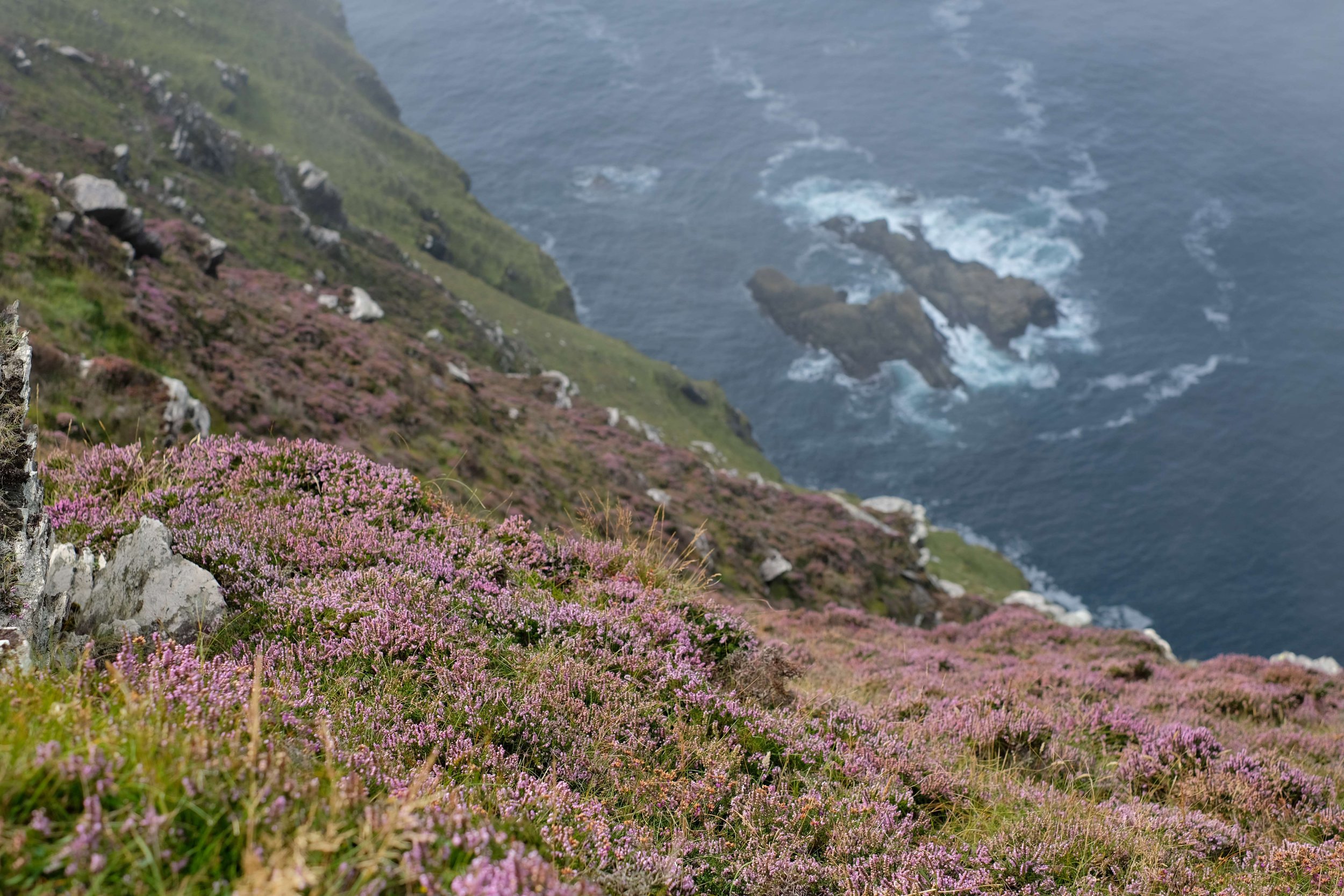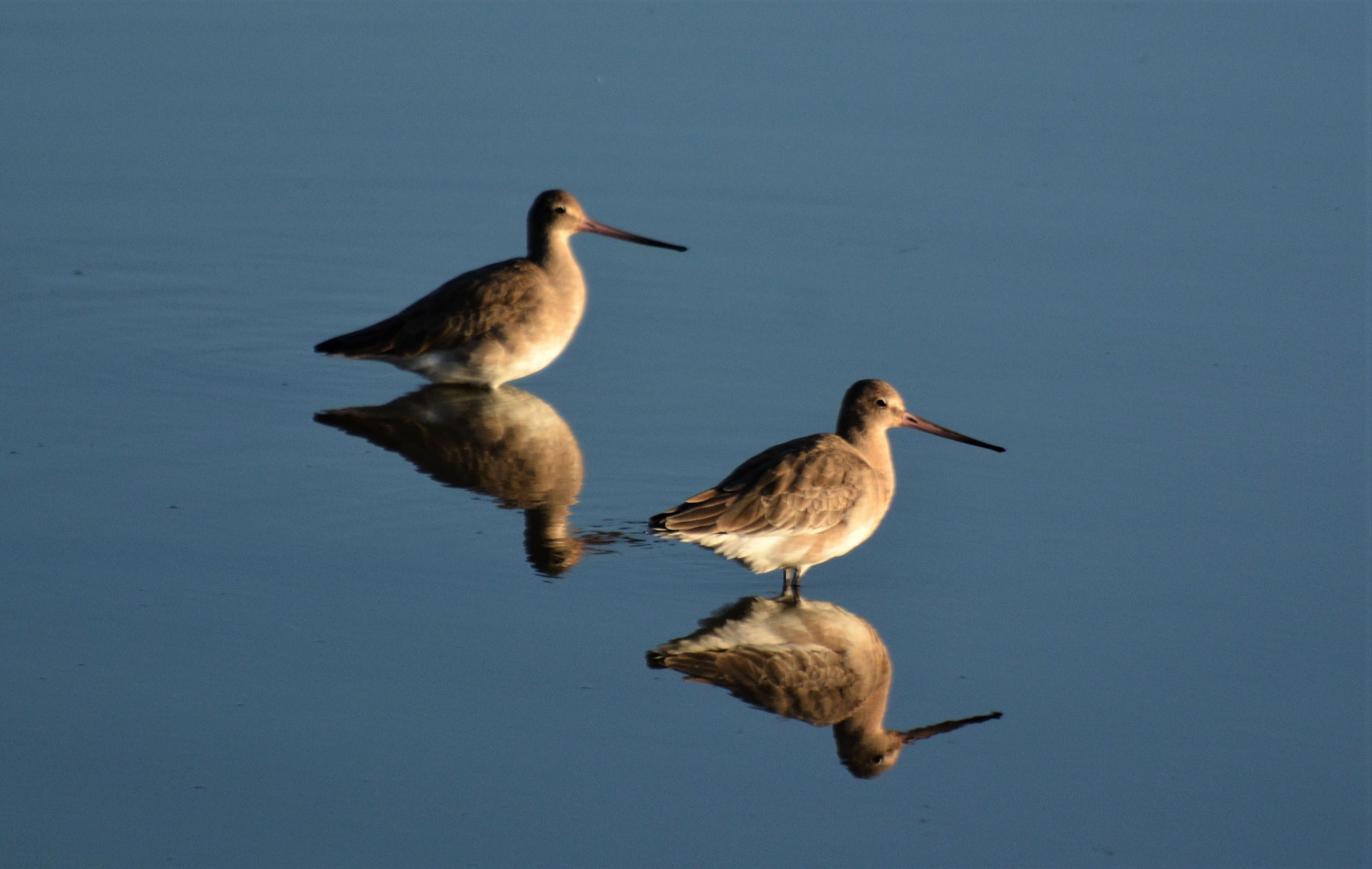
Educators
If you would like to do more nature-themed lessons with your students, then read on.
On this page you will find a curated selection of nature-themed lessons for educators about about the flora and fauna of the Iveragh Peninsula. Resources, lesson plans and information relevant to the landscapes and wildlife you see outside the window of your classroom in south Kerry so you can feel confident that you are promoting an understanding of biodiversity and wildlife that is relevant to your classes.
If you are based elsewhere in Ireland, or even outside of Ireland, you can still use these resources to teach about nature in your own area.
Why is it important to teach students about their natural environment?
-
Environmental education helps students to understand the interdependence of living things and the impacts our activities can have on our local and global environment.
-
It encourages students to be responsible and respectful of the natural world, and to think critically about environmental issues.
-
Environmental education can inspire students to take action to protect and preserve the natural world, and to become stewards of the environment.
-
Learning about the natural environment can also be an enjoyable and engaging way for students to learn about science, geography, and other subjects including their local heritage.
-
Understanding the natural environment can also help students to appreciate the beauty and value of the natural world, and to develop a sense of connection and responsibility towards it.

Here are some ideas for ways that educators can incorporate the study of wildlife and biodiversity into the classroom:
-
Take your students on field trips into their local environment. Parks, beaches, hedgerows, and many other outdoor spaces are perfect for them to learn about the local flora and fauna. This is a great way to make learning about wildlife and biodiversity more interactive and hands-on.
-
Use our videos, PowerPoints, and other multimedia resources to help your students learn about different Irish species and habitats. This can be a great way of engaging students who learn best through visual or auditory methods.
-
Incorporate our resources into activities and experiments that allow your students to engage with the natural world in a more direct way. For example, you could have students create their own seasonal nature tables, or map out the school’s grounds and design their own wildlife conservation plans for the school (or for home).
-
Encourage students to ask questions, make observations, and conduct research about the local wildlife and ecosystems in their immediate area. You may be surprised by what you find living right outside your door! This can help students develop critical thinking skills and gain a deeper understanding of the importance of biodiversity.
-
There are fantastic groups and organizations that work directly with schools and students. The Irish Wildlife Trust, BirdWatch Ireland, the Irish Whale and Dolphin Group, and the Marine Explorers Programme may have volunteers in your area - get in touch to see if they can visit your school. The National Biodiversity Data Centre, the Heritage Council and An Taisce – Green-Schools run great programmes to engage students of all ages. This can be a great way to bring real-world relevance to your lessons and to get students involved in local conservation efforts.
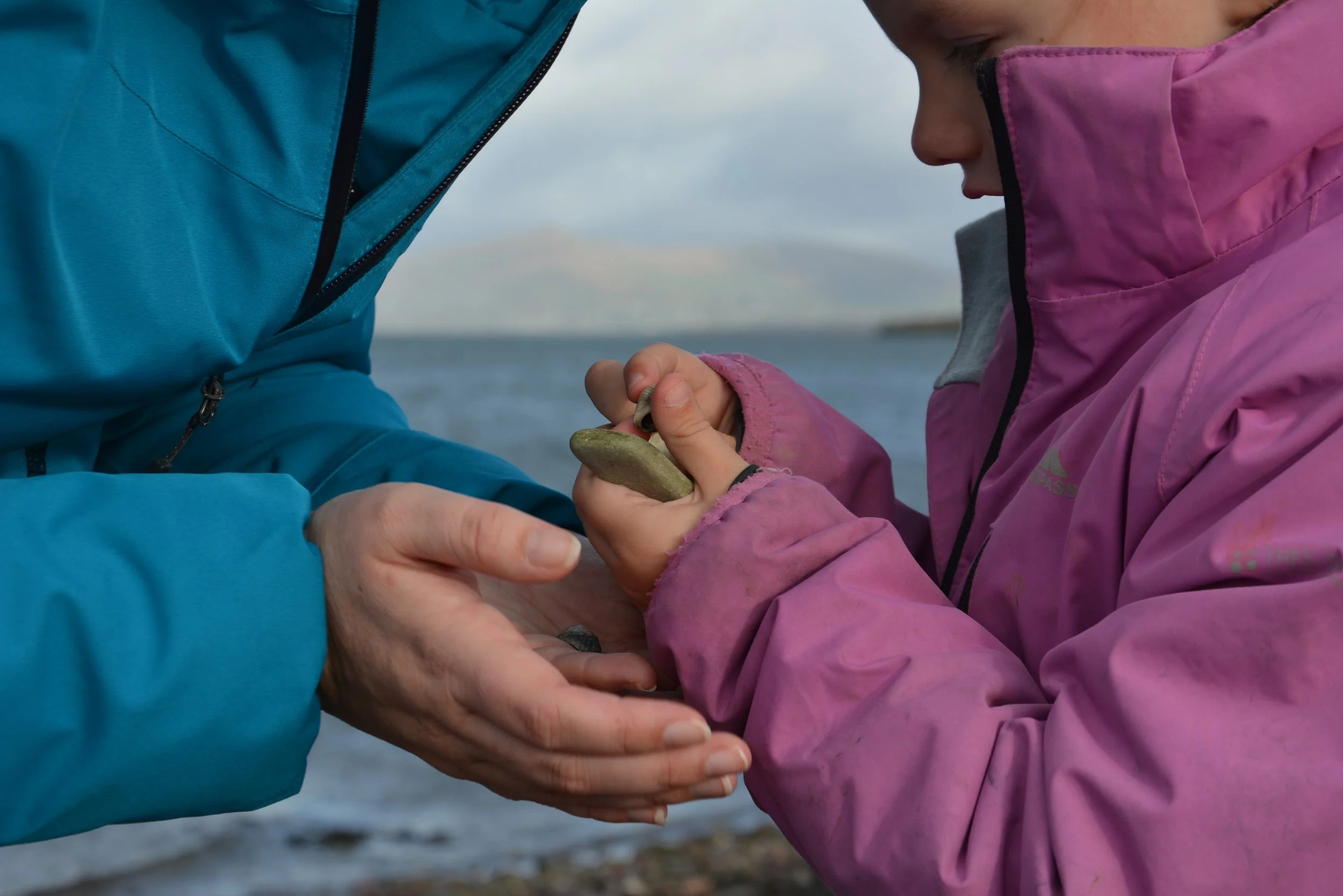
Resources
Here you will find a curated collection of lesson plans, indoor and outdoor activities, PowerPoint presentations and more on some of the wildlife, habitats and geology of the Iveragh peninsula.
You can view and browse through the full set of resources here
Please note: these resources are free for you to download from our Google Drive Asset Bank and use as an educator with Creative Commons Licensing. This means you can use, adapt and edit, but not sell any of this work. Any images that have a copyright symbol © can not be edited without expressed permission from the owner.
-
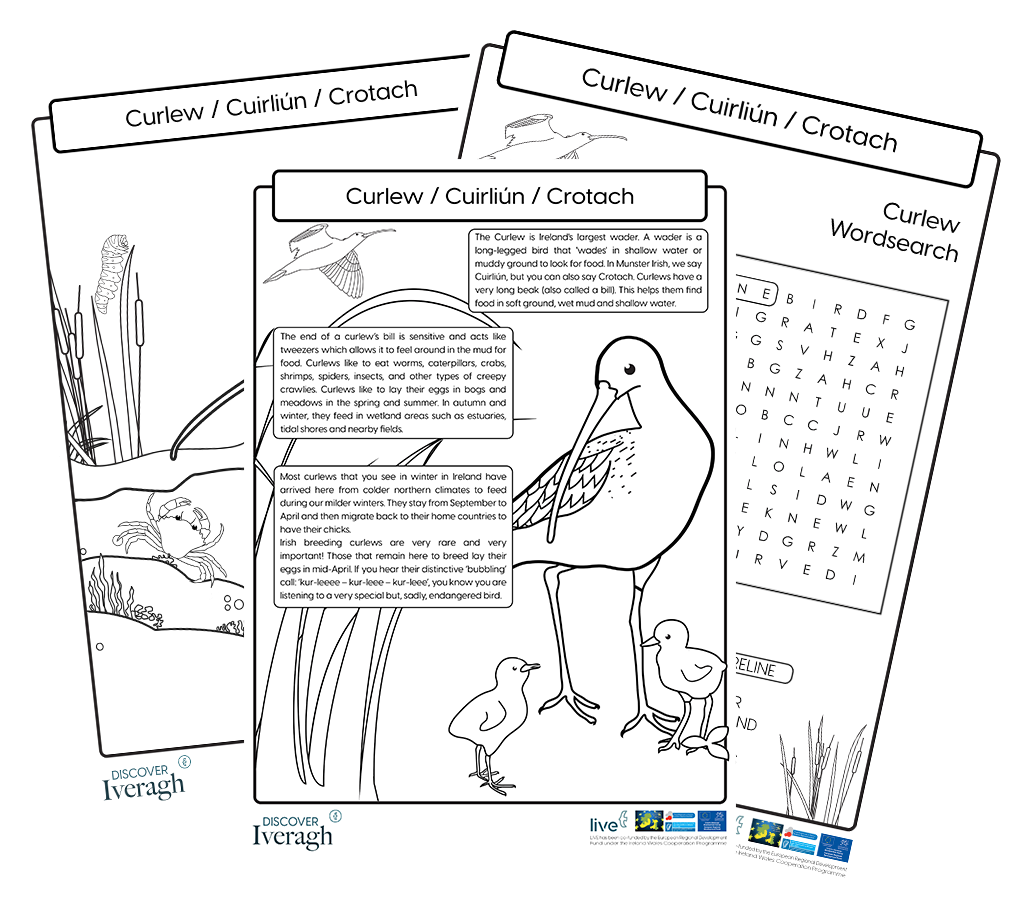
Curlews
The curlew resources pack contains activity sheets and a PowerPoint presentation with accompanying teachers notes. Available As Gaeilge.
Watch a short video about World Curlew Day here
-
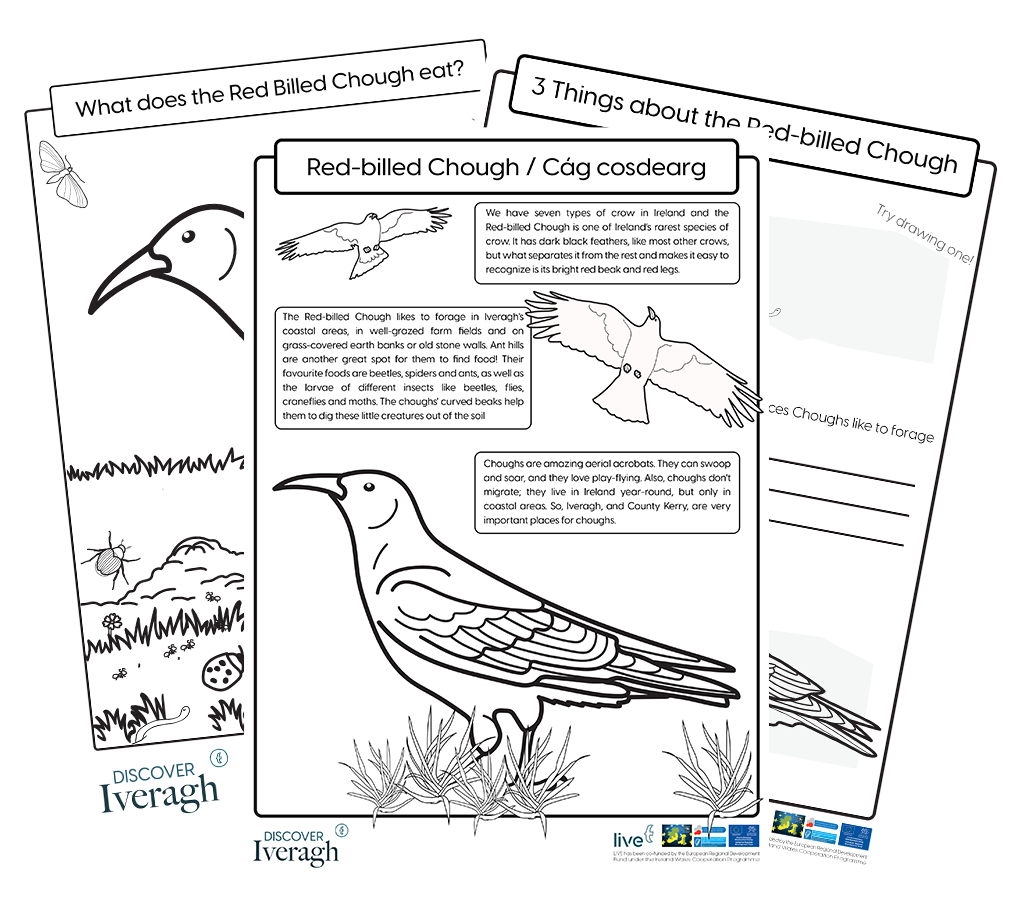
Red-billed Chough
The chough resources pack contains activity sheets and a PowerPoint presentation with accompanying teachers notes.
Read more about the Red-billed chough here
-

Common Lizard
The lizard resources pack contains fact and activity sheets to help you learn all about Ireland’s only native reptile.
Read more about the common lizard here

Citizen Science
Citizen Science is a type of research in which members of the public participate in the scientific process by carrying out surveys, collecting data, conducting experiments, or analyzing results. While these activities can sometimes be complex, many of them are quite simple, from birdwatching to bumblebee monitoring, spring wildflower counts and even measuring water quality in local streams.
Engaging kids in citizen science can be a fun and rewarding way to help them develop a love of learning and a deeper understanding of the world around them. Here are even more reasons why it is great:
It helps to foster a sense of curiosity and critical thinking skills as they engage in scientific inquiry and problem-solving.
It can help kids understand and appreciate the natural world around them, and the role that science plays in understanding and preserving it.
It can increase kids' knowledge or interest in science, which can inspire them to pursue careers in science, technology, engineering, and math (STEM).
It can provide kids with a sense of ownership and pride in their community, as they work on projects that have a direct impact on their local environment.
It can help kids develop valuable skills such as teamwork, communication, and data analysis.
-
Jellyfish
-
Seabirds, Auks and Shorebirds
-
Marine Species
-
Wildlife Calendar
-
How to run a bioblitz
-
Nature bingo
-
Habitats of Iveragh
-
Geology of Iveragh
-
Fossils and Tetrapods

